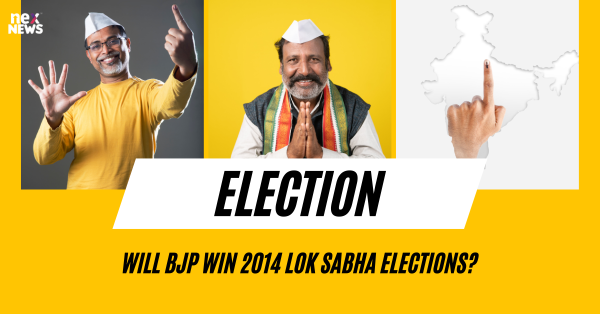Background of 2014 Lok Sabha Elections
The 2014 Lok Sabha Elections in India marked a significant turning point in the country's political landscape. The elections were held from April to May, spanning over a period of several weeks. With 814 million eligible voters, it was the largest democratic election in history, as voters across 543 constituencies cast their ballots to elect members of the Lok Sabha, India's lower house of Parliament.
The elections were closely watched both domestically and internationally, as they came at a crucial juncture in Indian politics. The incumbent Congress-led United Progressive Alliance (UPA) government had faced criticism over a range of issues, including corruption scandals and a slowing economy. The main opposition party, the Bharatiya Janata Party (BJP), led by Narendra Modi, had launched an aggressive campaign focusing on good governance, development, and national security. The 2014 elections were seen as a referendum on the performance of the ruling government and a test of the BJP's campaign strategy.
BJP's Campaign Strategy in 2014
During the 2014 Lok Sabha elections, the Bharatiya Janata Party (BJP) crafted a comprehensive campaign strategy that focused on leveraging the widespread discontentment among the Indian populace towards the ruling government. The party's leadership, under the guidance of Narendra Modi, meticulously orchestrated a narrative centered around the promise of good governance, economic development, and national security, striking a chord with the electorate across the country. By utilizing social media platforms and traditional campaigning methods, the BJP effectively disseminated its message and connected with a diverse range of voters, from urban youth to rural communities, thereby expanding its voter base significantly.
Another key aspect of the BJP's campaign strategy in 2014 was its emphasis on projecting Narendra Modi as a charismatic and decisive leader capable of steering India towards progress and stability. The party strategically positioned Modi as a visionary figure who could bring about transformative changes in the country's socio-economic landscape, resonating with voters who sought a strong and visionary leader at the helm. Through a series of well-planned rallies, public appearances, and televised debates, the BJP successfully showcased Modi's leadership credentials and determination to lead India into a new era of growth and prosperity, which struck a chord with a large section of the electorate.
Challenges Faced by BJP in 2014 Elections
The Bharatiya Janata Party (BJP) encountered several hurdles during the 2014 Lok Sabha elections. One of the primary challenges faced by the BJP was countering the anti-incumbency sentiment against the Congress-led government. The party had to work diligently to convince voters that it could provide a more effective and stable governance alternative.
Moreover, the BJP also grappled with the need to expand its support base beyond its traditional strongholds. Securing victories in states where the party historically had limited influence required strategic planning and effective mobilization of resources. This necessitated cultivating new alliances and addressing regional issues to gain the trust of voters across diverse demographics.
Key Competitors of BJP in 2014 Elections
During the 2014 Lok Sabha elections, the Bharatiya Janata Party (BJP) faced strong competition from the Indian National Congress (INC), the historically dominant political party in the country. Led by Rahul Gandhi, the Congress party aimed to regain its position as the ruling party at the center after facing a significant defeat in the previous elections. With a focus on social welfare programs and inclusive development, the INC sought to connect with the diverse electorate across India.
Another key competitor for the BJP in the 2014 elections was the Aam Aadmi Party (AAP), a relatively new political entity emerging from the anti-corruption movement led by activist Arvind Kejriwal. The AAP gained momentum with its promises of clean governance and grassroots politics, appealing to the urban middle-class voters disillusioned with traditional political parties. Kejriwal's persona as a common man fighting against corruption resonated with many voters, particularly in urban areas like Delhi where the party had already made significant inroads.
Public Opinion and Poll Predictions for 2014 Elections
As the 2014 Lok Sabha Elections drew closer, public opinion polls began to indicate a surge in support for the Bharatiya Janata Party (BJP). The mood across the country seemed to be leaning towards a change in leadership, with many surveys showing an overwhelming preference for the BJP over the incumbent Indian National Congress.
Various poll predictions painted a picture of a significant victory for the BJP, with some even suggesting that the party could secure a majority on its own. As the campaign intensified and the public sentiment appeared to consolidate in favor of the BJP, the other political parties faced an uphill battle to challenge the growing wave of support for the BJP.
